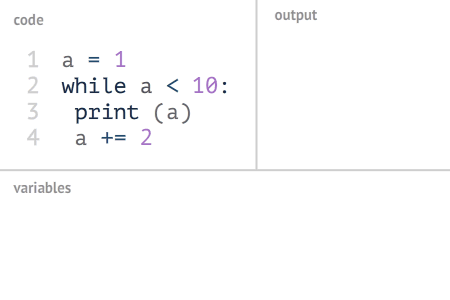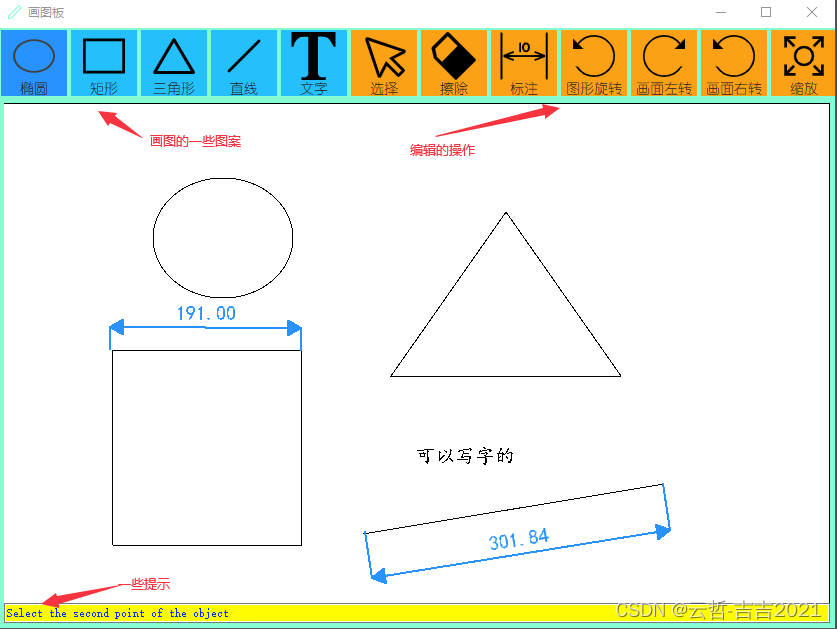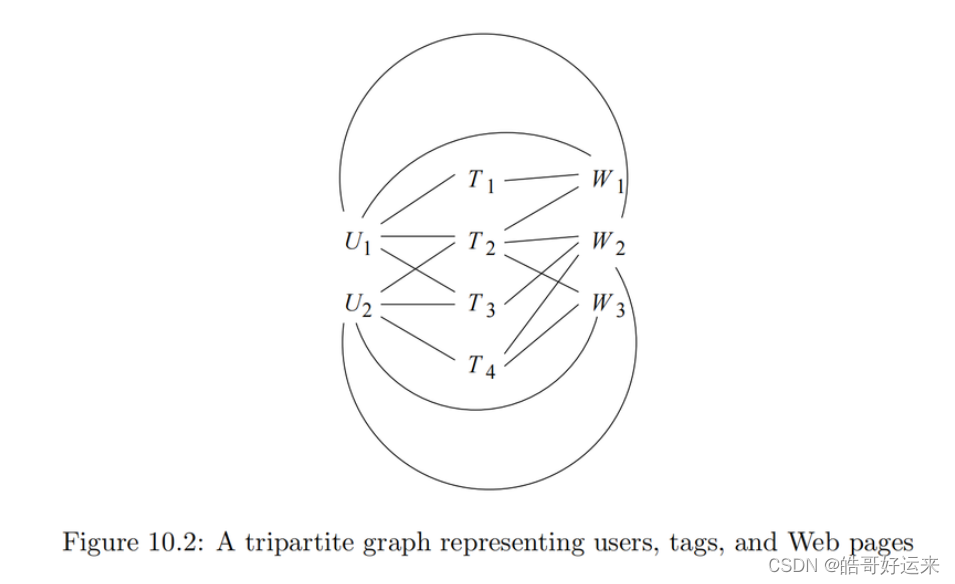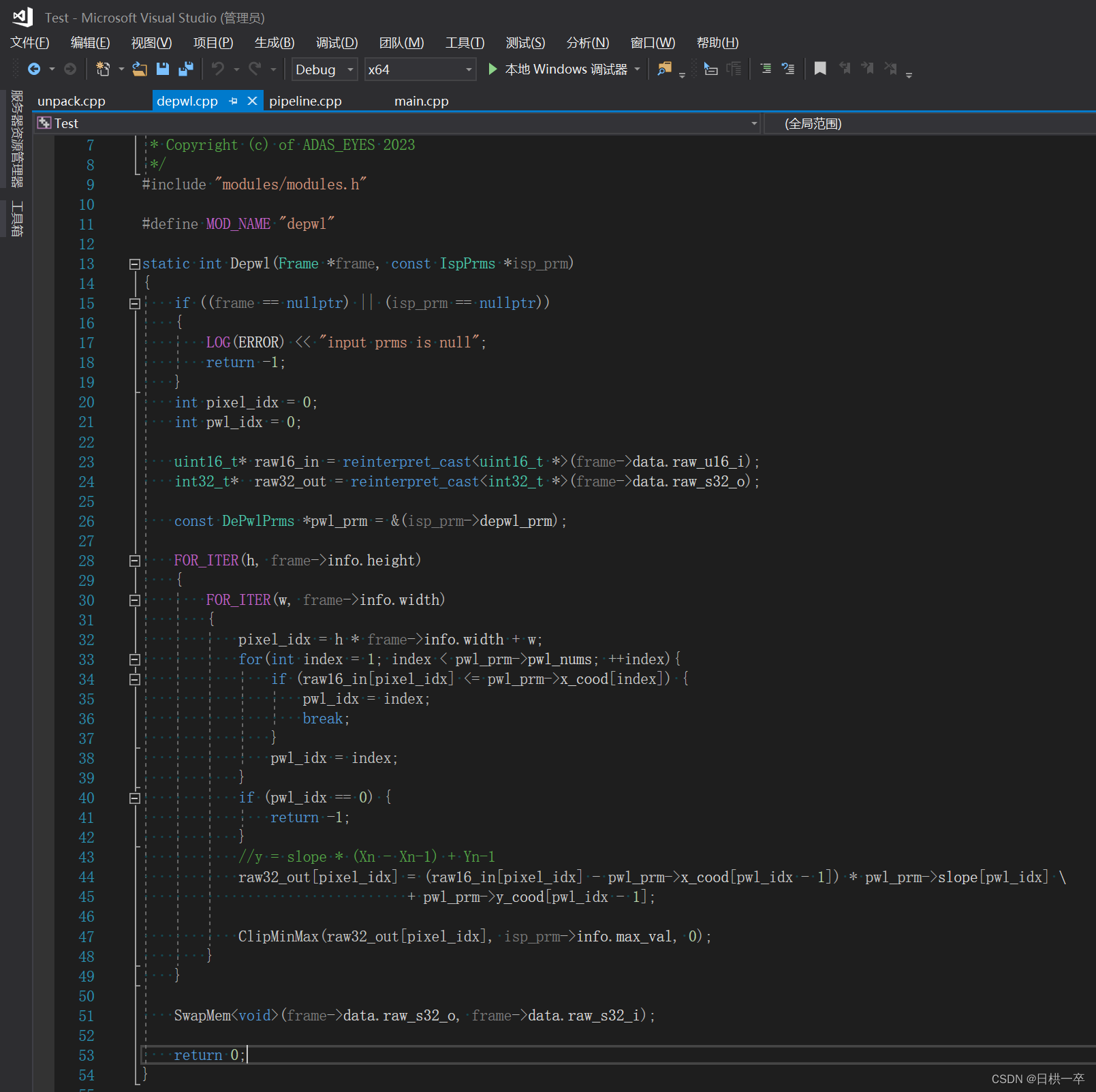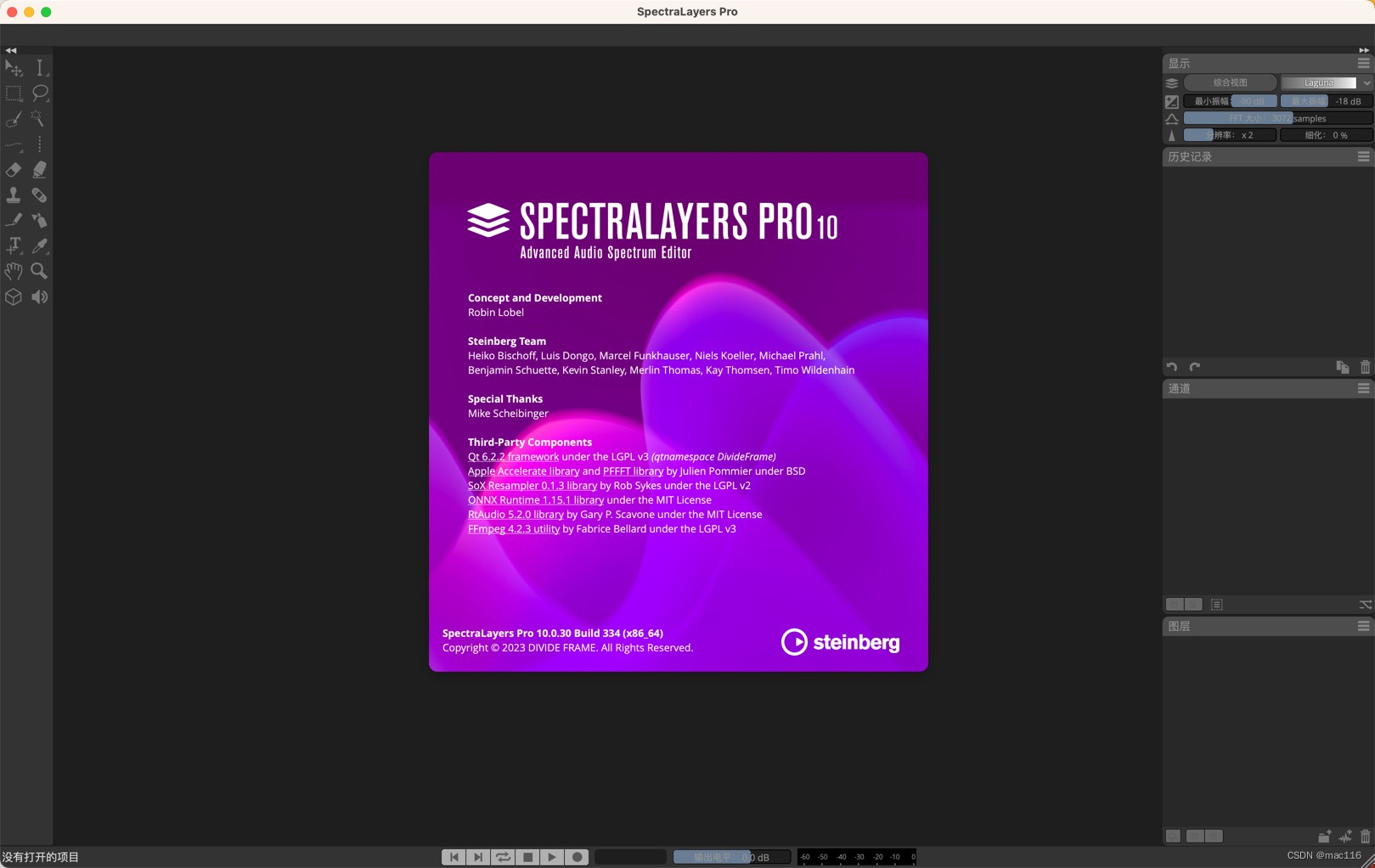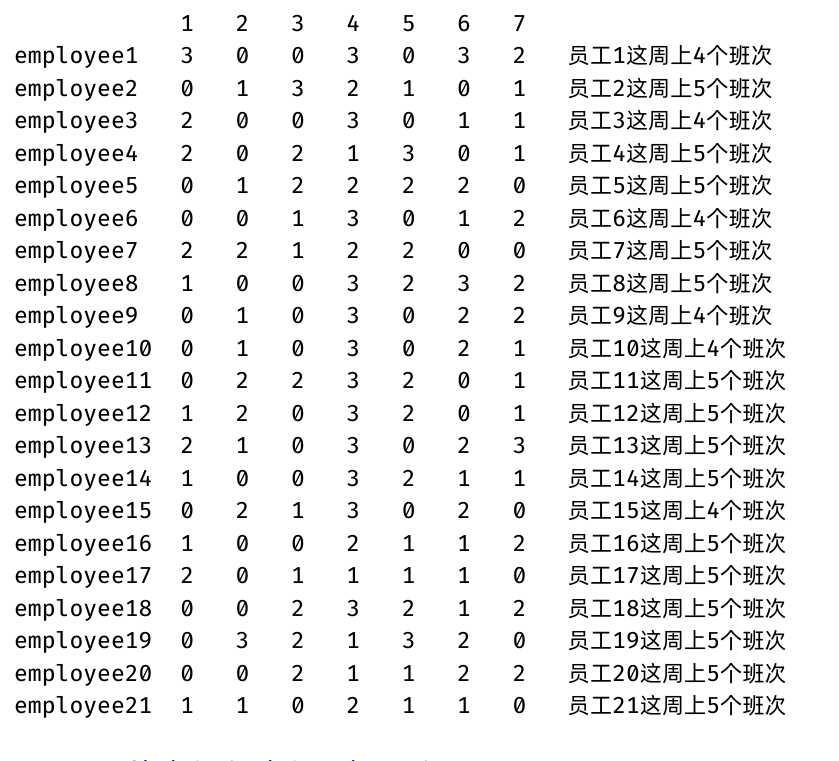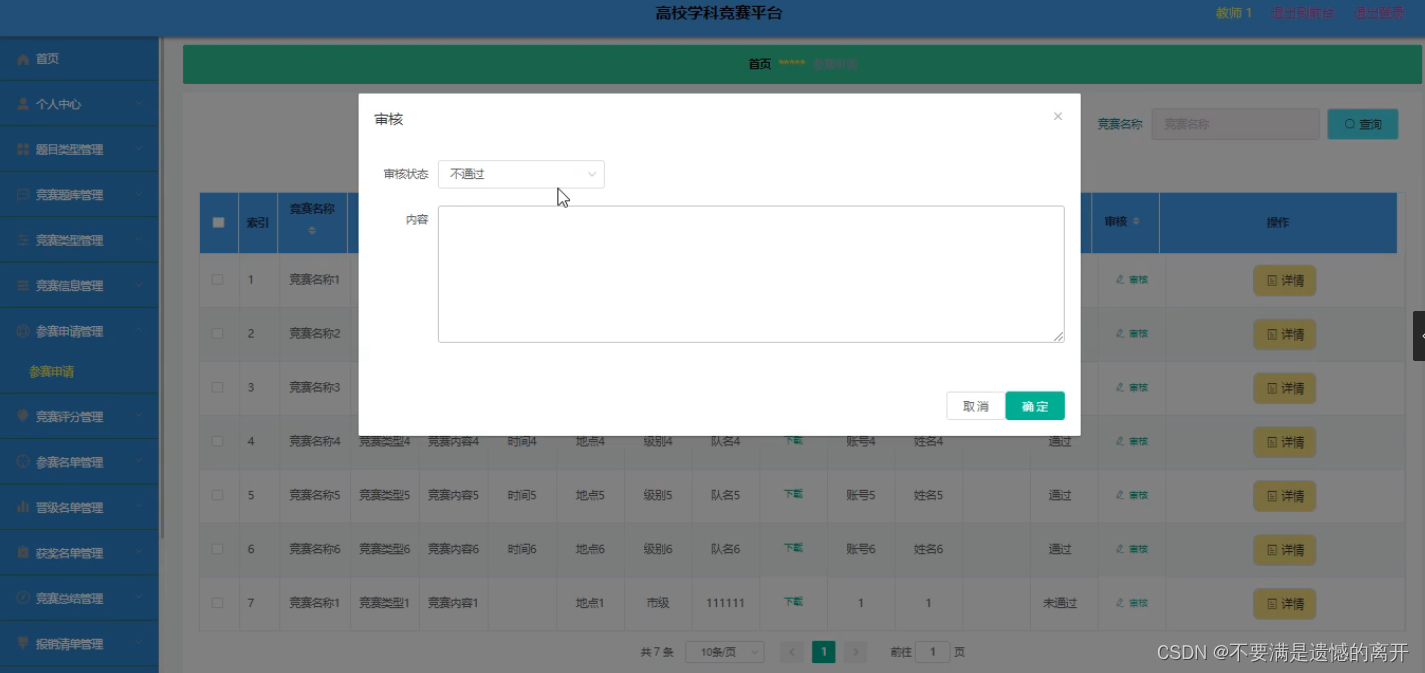SpringMVC处理表单提交与文件上传
SpringMVC是一个流行的Java框架,用于构建Web应用程序。它提供了强大的功能来处理表单提交和文件上传操作。本文将深入探讨SpringMVC如何处理这些常见的Web任务,以及如何使用示例代码来实现它们。

表单提交处理
表单提交是Web应用程序中的一项常见任务。SpringMVC通过其控制器(Controller)来处理表单提交。下面是一个简单的示例,演示如何使用SpringMVC处理一个包含文本字段的表单。
创建表单
首先,创建一个包含文本字段的HTML表单。我们将创建一个用于提交用户姓名的表单。
<!DOCTYPE html>
<html>
<head>
<title>用户信息表单</title>
</head>
<body>
<form action="/submitForm" method="post">
<label for="name">姓名:</label>
<input type="text" id="name" name="name" required>
<input type="submit" value="提交">
</form>
</body>
</html>
在上述表单中,我们使用了<form>元素指定了表单的提交URL(/submitForm)以及请求方法(POST)。表单包含一个文本字段,其中name属性表示字段的名称。
创建Controller
接下来,创建一个SpringMVC的Controller来处理表单提交。
import org.springframework.stereotype.Controller;
import org.springframework.ui.Model;
import org.springframework.web.bind.annotation.PostMapping;
@Controller
public class FormController {
@PostMapping("/submitForm")
public String submitForm(String name, Model model) {
model.addAttribute("message", "您提交的姓名是:" + name);
return "result";
}
}
在上述代码中,我们创建了一个名为FormController的Controller类。其中的submitForm方法使用@PostMapping注解来处理POST请求,并接收表单字段name的值。然后,它将姓名信息添加到Model中,并返回一个名为result的视图。
创建视图
创建名为result.html的视图,用于显示提交后的消息。
<!DOCTYPE html>
<html>
<head>
<title>提交结果</title>
</head>
<body>
<h1 th:text="${message}"></h1>
</body>
</html>
在视图中,我们使用Thymeleaf模板引擎来显示从Controller传递过来的消息。
配置SpringMVC
确保在SpringMVC的配置文件中启用注解驱动(<mvc:annotation-driven/>)并配置视图解析器,以便正确解析视图。
<mvc:annotation-driven/>
<bean class="org.springframework.web.servlet.view.InternalResourceViewResolver">
<property name="prefix" value="/WEB-INF/views/"/>
<property name="suffix" value=".html"/>
</bean>
运行应用程序
现在,您可以运行应用程序并访问表单页面(通常是http://localhost:8080/form.html)。填写表单并提交后,将显示提交结果。
文件上传处理
文件上传是另一个常见的Web任务。SpringMVC通过MultipartFile类来处理文件上传。下面是一个示例,演示如何使用SpringMVC处理文件上传。
创建文件上传表单
首先,创建一个HTML表单,用于选择和上传文件。
<!DOCTYPE html>
<html>
<head>
<title>文件上传表单</title>
</head>
<body>
<form action="/uploadFile" method="post" enctype="multipart/form-data">
<input type="file" name="file" id="file" required>
<input type="submit" value="上传文件">
</form>
</body>
</html>
在表单中,我们使用enctype="multipart/form-data"来告诉浏览器以多部分(multipart)形式提交文件。
创建Controller
创建一个SpringMVC的Controller来处理文件上传。
import org.springframework.stereotype.Controller;
import org.springframework.ui.Model;
import org.springframework.web.bind.annotation.PostMapping;
import org.springframework.web.bind.annotation.RequestParam;
import org.springframework.web.multipart.MultipartFile;
import java.io.File;
import java.io.IOException;
@Controller
public class FileUploadController {
@PostMapping("/uploadFile")
public String uploadFile(@RequestParam("file") MultipartFile file, Model model) {
if (!file.isEmpty()) {
try {
// 保存文件到服务器
String fileName = file.getOriginalFilename();
file.transferTo(new File("/path/to/uploaded/files/" + fileName));
model.addAttribute("message", "文件上传成功:" + fileName);
} catch (IOException e) {
e.printStackTrace();
model.addAttribute("message", "文件上传失败:" + e.getMessage());
}
} else {
model.addAttribute("message", "请选择文件上传");
}
return "uploadResult";
}
}
在上述Controller中,我们使用@RequestParam("file")注解来将上传的文件映射到file参数中。然后,我们检查文件是否为空,如果不为空,将文件保存到服务器上的指定目录,并向Model中添加成功消息或失败消息。
创建文件上传结果视图
创建一个名为uploadResult.html的视图,用于显示上传结果。
<!DOCTYPE html>
<html>
<head>
<title>文件上传结果</title>
</head>
<body>
<h1 th:text="${message}"></h1>
</body>
</html>
配置SpringMVC
与之前相同,确保在SpringMVC的配置文件中启用注解驱动和配置视图解析器。
运行应用程序
运行应用程序并访问文件上传页面(通常是http://localhost:8080/upload.html)。选择文件并上传后,将显示上传结果。
总结
SpringMVC提供了强大的功能来处理表单提交和文件上传操作。通过简单的配置和注解,您可以轻松地处理用户提交的数据和文件,并将其应用于实际的Web应用程序中。希望本文提供的示例代码有助于您更好地理解SpringMVC中的表单提交和文件上传处理。如果您有任何问题或需要进一步的帮助,请随时向我们提问。


](https://img-blog.csdnimg.cn/34f25434e13641d3a138f929d859c0fc.png)


